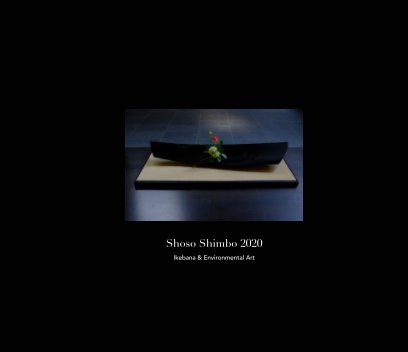Ikebana Today 34
It seems that in the Muromachi period, some argued that, unlike tatehana, ikebana was used to revive or give new life to the flower. Obviously, many people seem to have understood that message instantly. What did the word, Ikasu or giving new life mean to them?
Probably the best way to investigate that is to look into the documents written around that time and define how the term, Iku or Sei (life) was used. However, my intention is to propose a hypothesis that could encourage discussion rather than conducting an empirical study.
Hideo Kobayashi has argued that in Shiki Masaoka’s approach in poetry Sei means essence or even Kami (the divine). If you can express Sei in language, you can create poetry. If you can give Sei to the cut flower, you can create ikebana. Both poetry and ikebana are looking at the same issue that is at the centre of Asian philosophy.
It is fascinating for me to look into ikebana and its meaning in terms of Asian philosophy. However, such a complicated topic does not seem to be in fashion today even in the academic fields. I may discuss this issue in much more simplified fashion in the next issues.
This is a table arrangement for a round table. The design is more like a Western arrangement. As this was for a home party on the Australia Day, the main flowers are Banksia, expressing natural movement. For the background, I chose green and yellow, Australian colours.
I am now going to be a regular contributor for LIVING NOW magazine. I hope you will enjoy my articles on Ikebana in that magazine as well.
http://www.shoso.com.au
https://www.facebook.com/ikebanaaustralia























